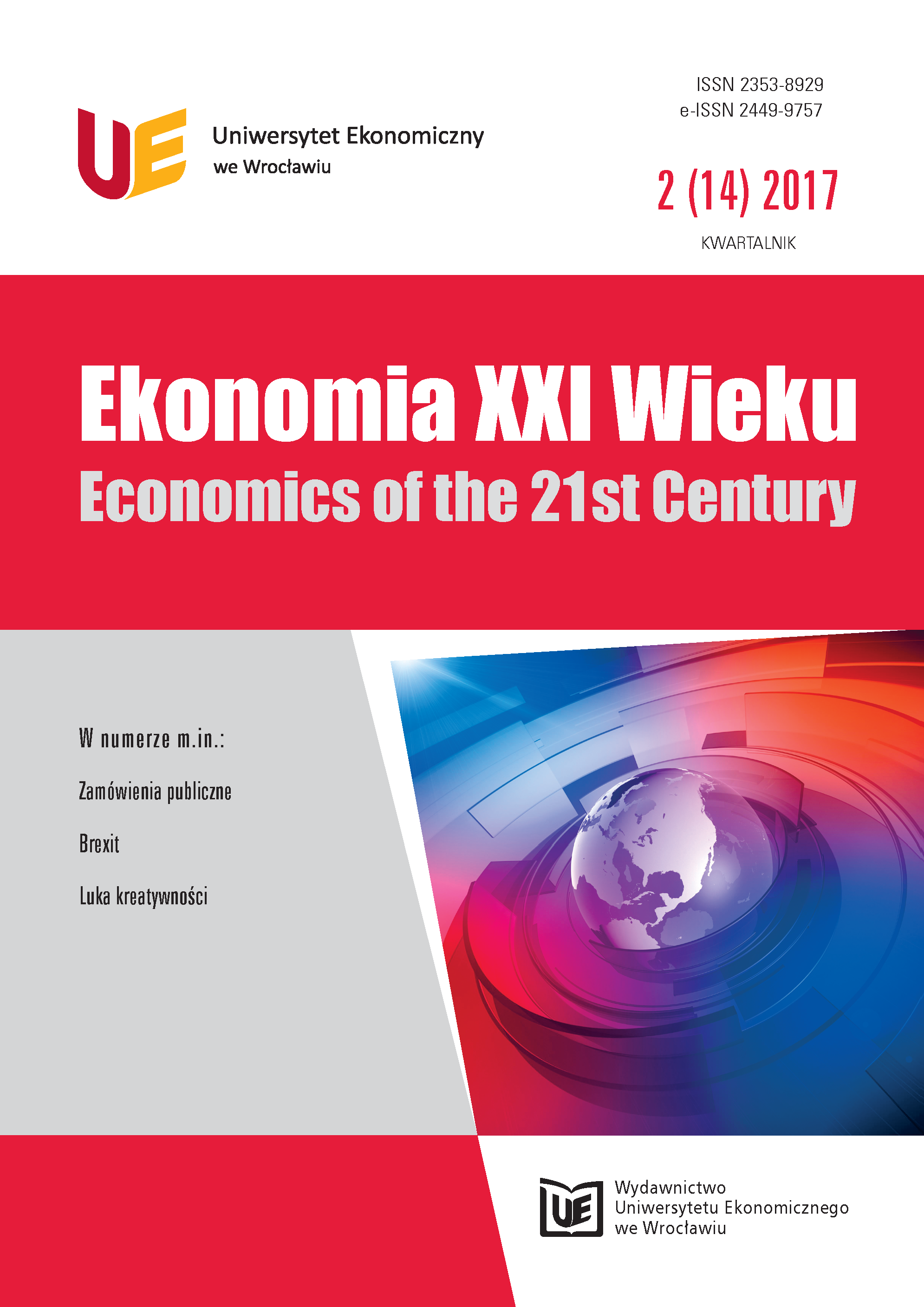Krótko- i długoterminowe stopy procentowe w krajach Unii Europejskiej. Konwergencja czy dywergencja?
Long- and short-term interest rates in the European Union member states. Convergence or divergence?
Author(s): Wawrzyniec MichalczykSubject(s): Financial Markets, Socio-Economic Research
Published by: Wydawnictwo Uniwersytetu Ekonomicznego we Wrocławiu
Keywords: interest rate; convergence; European Union
Summary/Abstract: The aim of the article is to present the results of examining the degree of convergence among the levels of nominal and real short- and long-term interest rates and trends in this field in the European Union member states. The explored period covers the years of 2006-2015 and the analysis of statistical data and literature was used as the research method. The three-month rate of the interbank money market was adopted as a measure of short-term interest rate, and during the assessment of long-term rates’ convergence, the yield of ten-year government bonds was applied, as it is the most widely used indicator providing an appropriate level of comparability of data from various countries. As shown by the results of the research, there is a gradual deepening of convergence of the nominal short-term interest rate. This is indicated by generally consistent directions of its changes in individual countries, by high values of the correlation coefficient (and by decreasing differentials) between the rate in economies outside the single currency area and the one in the euro zone and by lowering levels of dispersion measures. However, when examining rates in real terms, the conclusions are not so unambiguous – there are very dissimilar trends in this respect among countries, correlation coefficients reach relatively lower levels, and the decline in the values of dispersion measures is not as rapid. Still existing discrepancies in this field seem to have conventional causes, which are e. g. the differences in the level of economic development, in price growth rate, in inflation expectations, in the credibility of the economy and economic policy or foreign exchange risk premium. In the case of the long-term interest rate, both in nominal and – above all – real terms, significant fluctuations of the degree of convergence can be noted in the analysed period. They result largely from the increase in the scale of this variable’s dispersion during the global crisis and the crisis in the euro zone, when the determinants of the level of government bonds yields in the European Union member states underwent a metamorphosis. However, the scale of dispersion of the long-term rate measured by the coefficient of variation is essentially lower than in the case of the short-term one.
Journal: Ekonomia XXI Wieku
- Issue Year: 2017
- Issue No: 14
- Page Range: 106-124
- Page Count: 19
- Language: Polish

